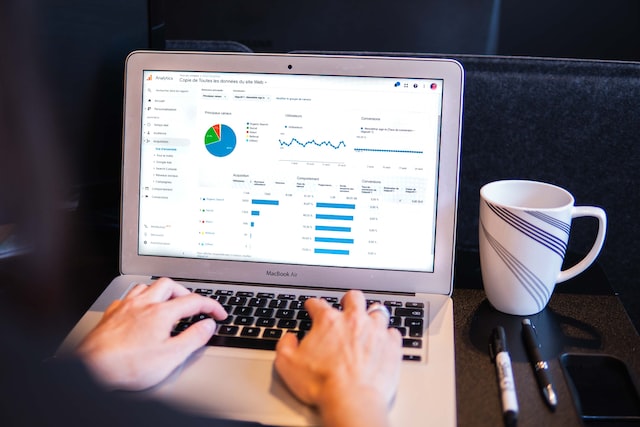Last Updated on March 10, 2024 by Asfa Rasheed
The word data is a very familiar one. Now that humanity is technically paralyzed without data. Most of us are aware of the phenomenon and its powers! Data is plural for “datum” which means a singular fact without a purpose or context. A fact mostly described by measurements and values. Data is usually presented as a value or a number, and the context of the same translates it into information. For instance, the choice of orders from a restaurant does not mean anything alone. But if the order for a certain dish is judged by its quantity, frequency, and yield. It can reveal some valuable information. Such as the demand for the dish. The expenses a restaurant is dealing with for a plate of that dish. How sustainable is the item on a certain menu? What impact does it have on the rest of the menu? What is the profit from that dish and even the effect of a single dish on the overall growth and operability of a restaurant? This information is dependent on the data and the different contexts. Thus, data and information are not the same things.
differences between data and information
Data and information are related but are entirely different concepts. In this segment, we will discuss 5 differences between data and information that can be considered as most prominent.
- Information depends on data and the context. But data is independently generated from day-to-day events.
- Data is meaningless if presented without a context, even units of data do not suffice for clear comprehension. But information being data put to context signifies a lot and can be sensible while quantitatively inferior.
- In a map or plot, data points individually do not make any sense. If joined together, based on possible correlations and similarities it can give a bird’s eye view of the situation. This view is called information.
- Data is usually represented by numbers, statistics, graphs, and figures, but the information is usually administered in words or words and values.
- Data is a collection of real-world observations or simply facts (dynamic facts). Information is a direct result of facts being part of circumstances.
The relationships between data and information
Data can lead to a plethora of information genres. Same data can be put into different contexts and information can be generated accordingly. The utilization approach of data and the context alone can drastically change the information a dataset is expected to generate. Data along with a different set of data and put in a different context can lead to a whole new genre of information. Thus, the dynamics of data and correlations in a data set can lead to dynamic and changing information. It is better understood by an example.
Imagine a huge set of weather data of a particular region with multiple sectors. And the data set must consist of all kinds of data ranging from average humidity, average rainfall, and the average temperature of a year for each sector. Now if the rainfall data is correlated with agro production a piece of certain information can be found regarding the effects of rain on farming. And figure out the correlations of the same with yearly crop yield. The humidity data can thus be analyzed in the light of data from forest fires and a correlation can be found. Thus, depending on the context the information generated will change drastically.
More data for more accurate information?
Today, due to the recent progress in computer sciences and allied disciplines, we can make sense of huge amounts of data. By deploying machine learning and artificial intelligence tools humanly impossible analyses can be done with absolute finesse. And with more data, the reliability and validity of the same are heightened to a fairly acceptable level. With more data the averages are expected to be more accurate and performing a statistical analysis is a breeze. Due to the chances of availability of all relevant components. Today’s commerce and public services utilize a humongous amount of data on a day-to-day basis and utilize the information generated for charting a path towards a safer future.
A matter of perspective
If datum or data is a set of objects, information is a point of view. Modern-day data visualization techniques are a perfect way of presenting an unbiased view, from which information of interest can be synthesized. For example, in the case of clustering, the clustering algorithm that is applied will determine the genre of information it yields. In the case of a bar diagram, the chosen dimensions will determine the information it generates. And a ratiometric visualization like a pie chart will deliver the information strictly based on the context, and a component of the chart can occupy an entirely different area in another chart.
